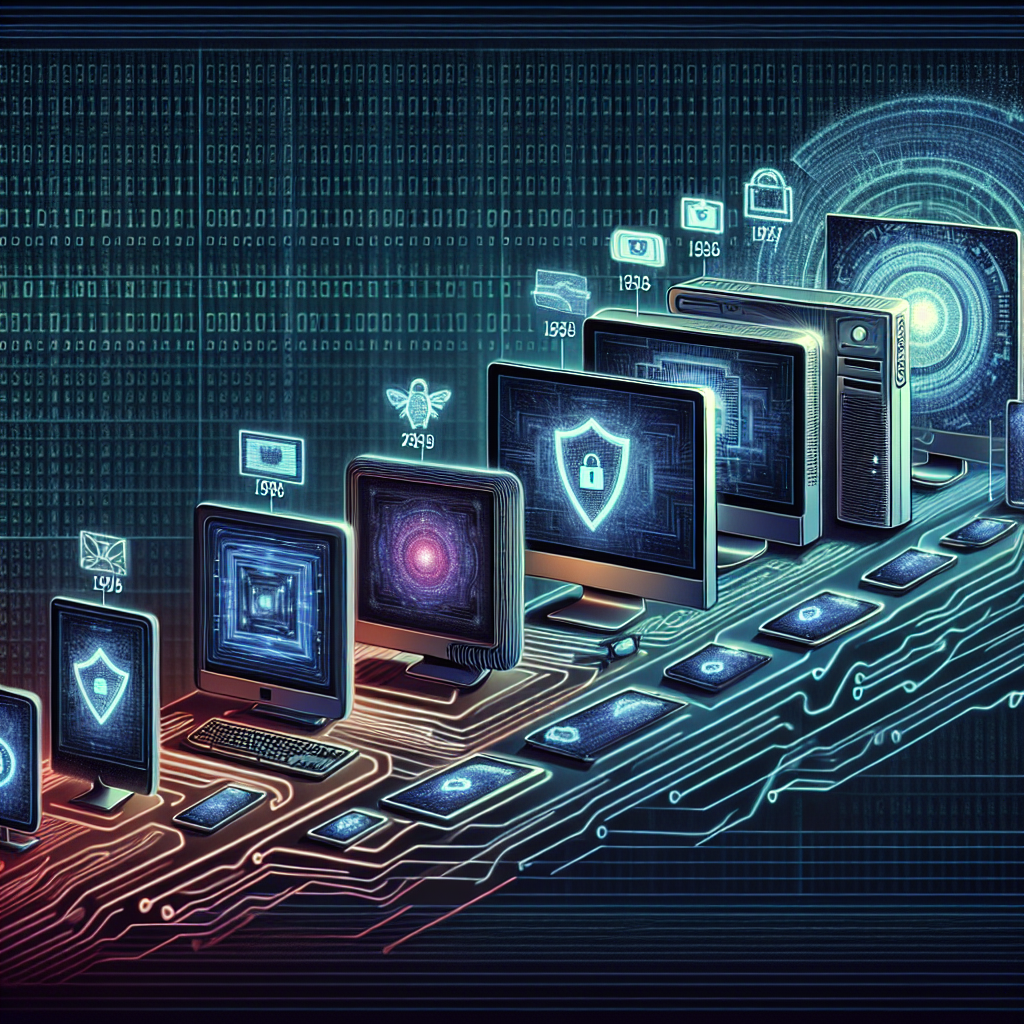Cybersecurity has come a long way since the early days of the internet when antivirus software was the primary defense against cyber threats. As technology has evolved, so too have the methods used to protect against cyber attacks. Today, next-generation solutions are the new frontier in cybersecurity, offering advanced protection against a wide range of threats.
Antivirus software, which first emerged in the 1980s, was designed to detect and remove known viruses from computers. It relied on signature-based detection methods, which involved comparing the code of a suspected file to a database of known malware signatures. While antivirus software was effective at detecting and removing known threats, it struggled to keep up with the rapidly evolving threat landscape. New malware variants were constantly being created, making it difficult for antivirus software to detect them all.
To address this issue, cybersecurity experts began developing new approaches to security that went beyond traditional antivirus software. Next-generation solutions, such as endpoint detection and response (EDR) systems, use advanced techniques like machine learning and behavioral analysis to detect and respond to cyber threats in real-time. These solutions are able to identify and block both known and unknown threats, making them much more effective at protecting against modern cyber attacks.
One of the key advantages of next-generation solutions is their ability to adapt to new threats as they emerge. Traditional antivirus software relies on signatures to detect malware, which means that it needs to be constantly updated with new signatures in order to detect new threats. Next-generation solutions, on the other hand, are able to detect and respond to threats based on their behavior, rather than their signatures. This allows them to protect against new and unknown threats without the need for constant updates.
Another important feature of next-generation solutions is their ability to provide visibility and control over the entire network. EDR systems, for example, can monitor all endpoints on a network in real-time, allowing security teams to quickly identify and respond to threats. This level of visibility is crucial for defending against sophisticated cyber attacks, which often target multiple endpoints simultaneously.
As cyber threats continue to evolve, it is clear that traditional antivirus software is no longer sufficient to protect against modern attacks. Next-generation solutions offer a more advanced and comprehensive approach to cybersecurity, providing organizations with the tools they need to defend against a wide range of threats. By investing in next-generation solutions, organizations can better protect their data, systems, and networks from cyber attacks.


Leave a Reply